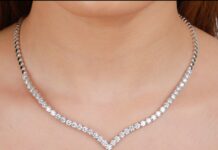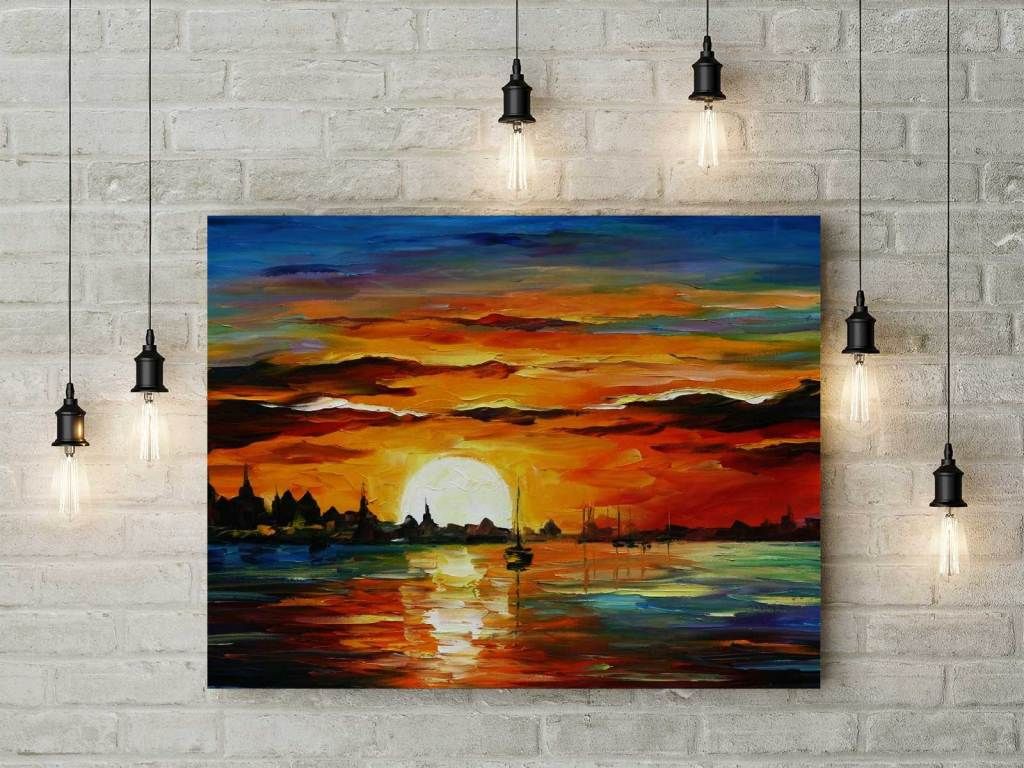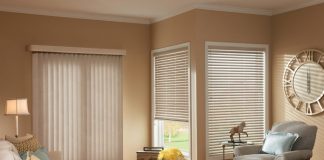If you’re new to the world of interior decorating then you’ve probably been confused by the many different types of prints out there; there are almost a dozen available online. There are metallic prints, acrylic prints, framed prints, and canvas prints amongst others.
While you may have some vague notions about the differences amongst the eight major types of prints, it can be useful to gain some additional clarity so that you can make more informed interior decorating decisions.
1. Canvas Prints
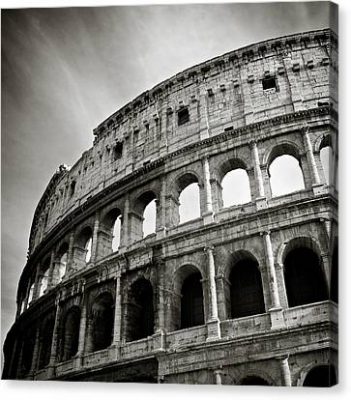
In the context of home décor, a canvas print is basically any piece of art that’s printed onto a piece of canvas, a fabric made of cotton, polyester of hemp, using an inkjet printer. prints are typically light in weight, do not carry over reflection or glare, and the material they are made of provides a different texture which adds depth to the color.
2. Framed Prints

Framed prints come in, typically, wooden frames that you can enclose your art in. They are extremely popular with family photos and are often used to provide a traditional aesthetic. Unlike Canvas and other prints, framed prints are intended to match the color of the furniture in the room that they are displayed in.
3. Art Prints

Similar to canvas printing, art prints are primarily defined by the type of material they use. In this case, it ranges from fine art paper to watercolor paper and cardstock. Art prints are typically less expensive than canvas prints and can show sharper images, although they will experience both glare and reflection.
4. Metal Prints
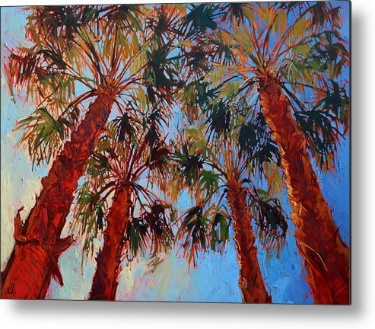
Metal Prints are usually made up of 0.45 mm thick aluminum sheeting with rounded edges. Since they’re made of metal, they’re very robust, rarely suffer damage, and can provide a far cleaner image. They are also scratch-resistant and waterproof.
5. Acrylic Prints
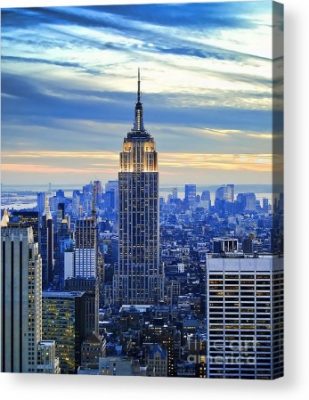
Acrylic prints utilize photographic paper upon which the desired image is printed and then placed between two sheets of acrylic. Acrylic prints offer a very bright and glossy appearance when displayed in plentiful sunlight.
6. Wood Prints
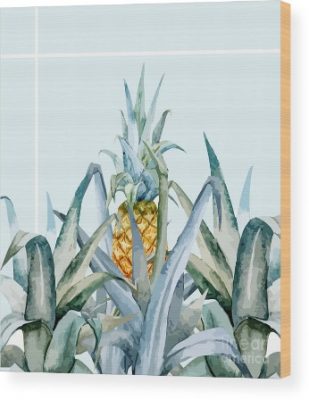
Wood printing involves using wood blocks or plaques as your print medium. The benefits of wood printing are that it offers you especially unique art as the individuals swirls of grain offer complement the printed image. Wood printed images also offer a warm hue and are typically quite easy to maintain and clean.
7. Posters

Posters are printed on paper and intended to be attached to walls and other flat vertical surfaces. While they are similar to fine art prints in that they are also made of paper materials, the primary difference is that posters do not maintain their color or vibrance for nearly as long. Posters are also extremely inexpensive and used often by younger consumers.
8. Tapestries
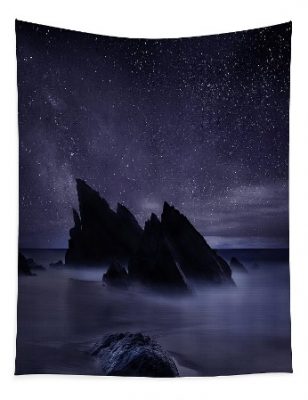
Tapestry is a very ancient art technique that consists of using interwoven textile. The great advantage of tapestries is that they can be used in other places in addition to your wall such as on your furniture.
After reading this article, hopefully, you’ll have developed a more nuanced understanding of the different kinds of prints.








